Triangular Sails: A Voyage Through History
Sailing, with its timeless allure and graceful motion across the waters, owes much of its essence to the enigmatic triangular sails that adorn vessels. For centuries, these sails have intrigued sailors and enthusiasts, beckoning curiosity about their intrinsic design and enduring prevalence. Join us as we embark on a captivating journey into the world of triangular sails, unraveling their origins, understanding their aerodynamic brilliance, and exploring their profound impact on sailing through the ages.
Why Are Sails Triangular?
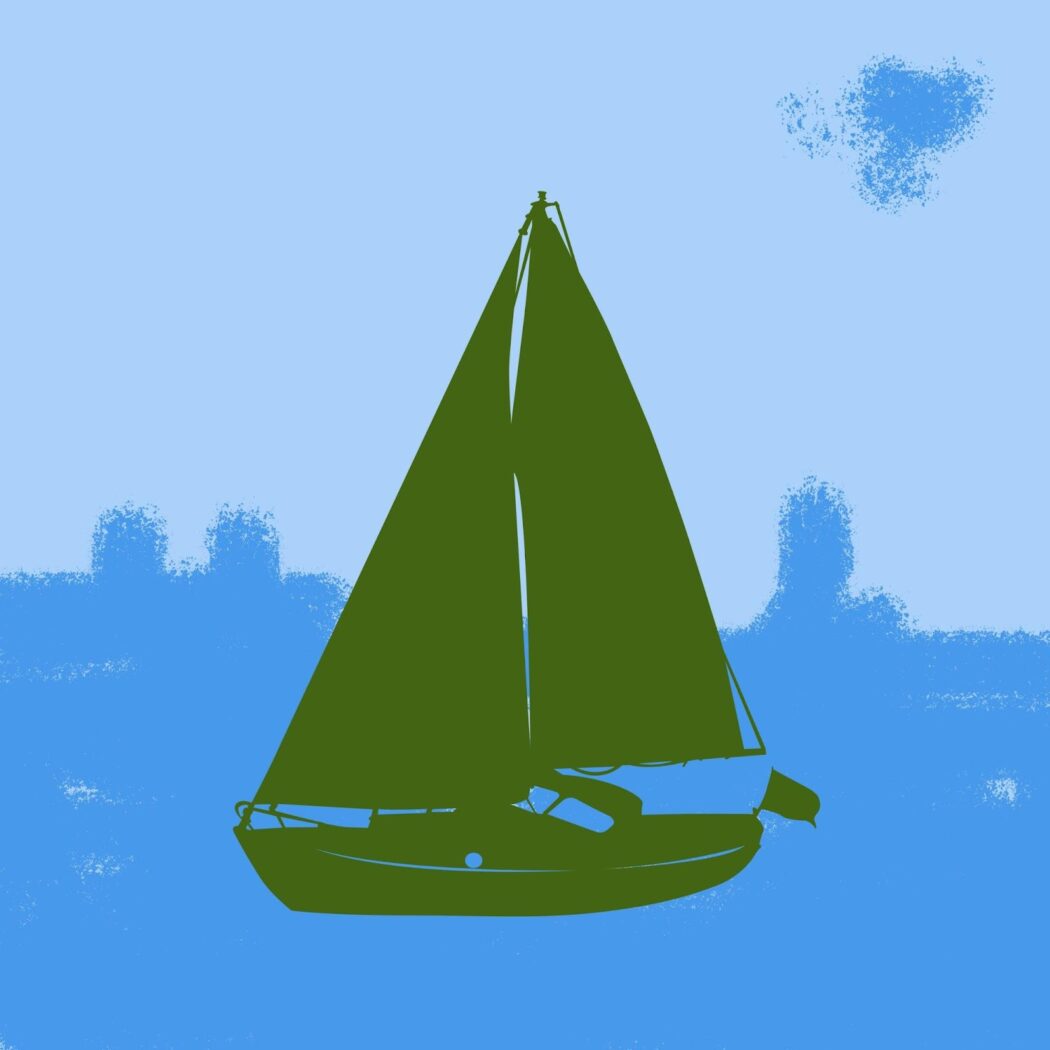
There are several key reasons why sails are typically triangular, rather than other shapes like squares or rectangles:
Sailing Efficiency:
- Aerodynamics: The triangular shape allows for better wind capture and conversion into forward motion. As the wind flows over the curved surface of the sail, it creates a difference in pressure between the leeward (windward side) and the windward (downwind side) of the sail. This pressure difference generates lift, which propels the boat forward. Square sails tend to spill wind and lose efficiency, especially when sailing upwind;
- Versatility: By adjusting the angle of the sail and the tension on the lines, sailors can fine-tune the sail’s shape and angle of attack to maximize lift for different wind speeds and directions. This adaptability is crucial for sailing in various conditions and points of sail.
Maneuverability:
- Tacking: Triangular sails are essential for tacking upwind, which involves zigzagging against the wind. The pointed shape allows the boat to turn more easily and change direction quickly. Square sails, on the other hand, struggle with tacking and require more space to maneuver;
- Sail Handling: The triangular design makes the sails easier to raise, lower, and reef (reduce area) in changing conditions. The lines can be adjusted more effectively to control the sail’s shape and power.
Material and Construction:
- Stability: The triangular shape distributes stress more evenly across the sail, making it less prone to tearing or breaking compared to square sails. This is important for sail durability and safety;
- Lightweight: Triangular sails require less material than square sails to achieve the same area, making them lighter and easier to handle. This is particularly beneficial for smaller boats and performance-oriented sailing.
While square sails are still used in some traditional sailing vessels and for specific purposes, the advantages of triangular sails in terms of efficiency, maneuverability, and ease of handling have made them the dominant sail shape in modern sailing.
It’s worth noting that there are exceptions and variations in sail shapes beyond just triangular. Some sails, like spinnakers, are used for downwind sailing and have a more rounded shape to maximize wind capture. However, the triangular shape remains the most versatile and effective design for most sailing applications.
What Is The Origin Of Triangular Sails?
The exact origin of triangular sails is a bit murky, but evidence points to their emergence in the ancient world around the Indian Ocean and the Red Sea. Here are the main contenders for their birthplace:
1. The Indian Ocean and the Red Sea:
- Ancient Egyptians: The Egyptians are some of the earliest civilizations known to have used triangular sails, likely on their Nile River boats. These sails, known as “lateen sails,” were mounted on a long spar and angled forward, resembling the modern Bermuda rig;
- Mesopotamia and the Persian Gulf: Archaeological evidence suggests the use of triangular sails in Mesopotamia and the Persian Gulf region as early as the 3rd millennium BC. These sails were probably similar to the Egyptian lateen sail.
2. The Mediterranean:
- 2nd Century CE: The lateen sail is believed to have appeared in the eastern Mediterranean around the 2nd century CE. It’s unclear whether it was independently developed or adopted from the East;
- Phoenicians and Greeks: Some scholars suggest that the Phoenicians or Greeks, known for their maritime prowess, may have played a role in developing or refining the lateen sail.
Spread and Development:
- Trade and Cultural Exchange: The use of triangular sails likely spread through trade and cultural exchange between these regions;
- Adaptability and Efficiency: The advantages of triangular sails – efficiency, maneuverability, and ease of handling – likely contributed to their widespread adoption;
- Variations and Development: Different variations of triangular sails emerged over time, such as the Bermuda rig and the guayre sail, reflecting adaptations to specific environments and sailing needs.
Key Takeaways:
- The exact origin of triangular sails remains uncertain, but evidence points to the ancient world around the Indian Ocean, the Red Sea, and the Mediterranean;
- The lateen sail is a likely ancestor of many modern triangular sail designs;
- The adoption and development of triangular sails were driven by their practical advantages for efficiency, maneuverability, and handling.
Further research and archaeological discoveries might shed more light on the precise origin and evolution of these remarkable sails that have shaped the history of maritime navigation.
What Is The Best Shape For A Sail?
Determining the best shape for a sail involves considering various factors, each impacting the sail’s performance in different conditions. While no single shape is universally superior, different sail shapes excel in specific scenarios:
There’s no single “best” shape for a sail, as it depends on several factors:
Point of Sail:
- Upwind: For sailing into the wind, a flatter sail with a smaller angle of attack is ideal. This maximizes lift without stalling, allowing for higher pointing angles;
- Downwind: Downwind sailing benefits from a fuller sail with a larger angle of attack. This catches more wind and generates more power for speed;
- Reaching: Reaching, sailing at an angle to the wind, requires a sail somewhere between the shapes used for upwind and downwind sailing.
Boat Design and Rig:
- Mast height and bend: The shape of the mast and how it bends under wind pressure influence the ideal sail shape;
- Sailplane design: The overall design of the sail, including the distribution of sail area and battens, plays a significant role in shaping the sail’s performance.
Sailing Conditions:
- Wind speed and direction: The wind strength and direction determine the best sail shape for optimal power and control;
- Wave height and direction: Rough seas might require a flatter sail for stability, while calmer waters allow for a fuller sail for maximum speed.
Sailing Goals:
- Racing: Racing sails are designed for maximum performance and power, often sacrificing ease of handling;
- Cruising: Cruising sails prioritize ease of use and stability over pure performance.
Therefore, the “best” sail shape is a dynamic concept that constantly adapts based on various factors. Sailmakers use their expertise and experience to design sails that optimize performance for specific boats, sailing conditions, and goals.
Here are some additional points to consider:
- Modern sail design involves advanced computer simulations and wind tunnel testing to optimize sail shapes;
- Some sails can be adjusted to change their shape on the fly, allowing for greater adaptability to different conditions;
- The choice between different sail shapes is a continuous process, with ongoing research and development leading to new and improved designs.
I hope this clarifies why there isn’t a single definitive answer to the “best” sail shape question. It’s a fascinating aspect of sailing that involves a constant interplay between science, technology, and the art of sailmaking.
Why Are Most Sails Triangular?
Most sails are triangular due to a combination of historical tradition, aerodynamic efficiency, versatility, and practicality:
Although some sails are square or even have more complex shapes, the vast majority of sails used today are triangular. This dominant design choice is due to several key advantages that triangular sails offer:
Efficiency and Performance:
- Aerodynamics: The triangular shape creates a lifting force (lift) as the wind flows over the sail’s curved surface. This lift propels the boat forward, and the pointed luff (front edge) minimizes wind spillage for maximum efficiency. Square sails struggle with lift and generate more drag, leading to slower speeds;
- Versatility: By adjusting the angle of the sail (trimming) and tension on the lines, sailors can fine-tune the sail’s shape to optimize lift and power for different wind speeds and points of sail (directions relative to the wind). This adaptability is crucial for navigating various conditions.
Maneuverability:
- Tacking: Triangular sails enable efficient tacking, the zig-zagging technique used to sail upwind. The pointed shape allows for sharper turns and minimizes distance lost when changing direction. Square sails require more space and wind to tack effectively;
- Stability: The inherent tension in a triangular sail helps maintain its shape and resist flapping, contributing to overall stability and control. Square sails are more prone to flutter and require more complex control systems.
Practical Considerations:
- Material and Construction: Triangular sails require less material than square sails to achieve the same area, making them lighter and easier to handle, especially on smaller boats. The shape also distributes stress more evenly, reducing wear and tear;
- Ease of Handling: The lines and controls of a triangular sail are simpler and more intuitive to manage, making them easier to raise, lower, and reef (reduce area) in changing conditions. This is crucial for safe and efficient sailing.
Historical and Cultural Factors:
- Development and Adaptation: Triangular sails, like the lateen sail, have a long history and have been refined over centuries for optimal performance and ease of use. This legacy of knowledge and innovation contributes to their continued dominance;
- Trade and Diffusion: The efficiency and maneuverability of triangular sails facilitated widespread adoption through maritime trade and cultural exchange, solidifying their position as the standard sail design.
While exceptions and variations exist, the combination of these advantages makes triangular sails the most versatile, efficient, and practical choice for most sailing applications. They offer a balance between performance, maneuverability, and ease of use, making them ideal for both racing and cruising.
How Do Triangular Sails Work?
Triangular sails work based on the principles of aerodynamics, utilizing the interaction between wind and the sail’s curved shape to generate lift and propel a sailing vessel forward. Here’s an overview of how they operate:
The magic of triangular sails lies in their interaction with the wind, generating forces that propel the boat forward. Here’s a breakdown of how it works:
Aerodynamics in Action:
- Wind Flow: As the wind hits the sail, it flows across its curved surface, creating different pressure zones;
- Lift Generation: The curvature acts like an airfoil, causing the wind on the leeward side (downwind side) to speed up. This creates a zone of low pressure, while the windward side (upwind side) experiences higher pressure;
- Pressure Difference: The difference in pressure between the two sides generates a force called “lift,” which acts perpendicular to the sail’s plane;
- Forward Propulsion: This lift force pushes the sail forward, ultimately propelling the boat.
Key Factors in Lift Generation:
- Sail Shape: The curved shape of the sail is crucial for creating the pressure difference. Different sail types (mainsail, jib, etc.) have specific curvatures optimized for their roles;
- Angle of Attack: The angle at which the wind hits the sail affects the lift generated. By adjusting the sail’s position and tension on the lines, sailors can fine-tune this angle for optimal performance;
- Wind Speed and Direction: Stronger winds generate more lift, while the wind’s direction relative to the sail (point of sail) determines how effectively the lift propels the boat.
Additional Considerations:
- Drag: While lift propels the boat forward, the wind also creates drag, a force that resists movement. Sail design and material aim to minimize drag while maximizing lift;
- Sail Trim: Adjusting the sail’s shape and tension is crucial for controlling the forces acting on it. Skilled sailors can optimize their sails for different wind conditions and points of sail.
Understanding these principles empowers sailors to harness the wind’s power effectively and navigate efficiently.
The Different Types Of Triangular Sails
Each of these triangular sails serves a specific role within a vessel’s sail plan, allowing sailors to adapt to diverse wind conditions and optimize performance across various points of sail. Sailors often tailor their sail combinations based on factors like wind strength, boat design, and intended course or race strategy.
Here’s a glimpse into some of the most common types:
1. Mainsail:

- The largest sail on a single-masted boat, typically triangular with a curved leech (back edge) and foot (bottom edge);
- Provides the primary driving force for the boat, especially when sailing downwind;
- Can be reefed (reduced in area) for better control in strong winds.
2. Jib:
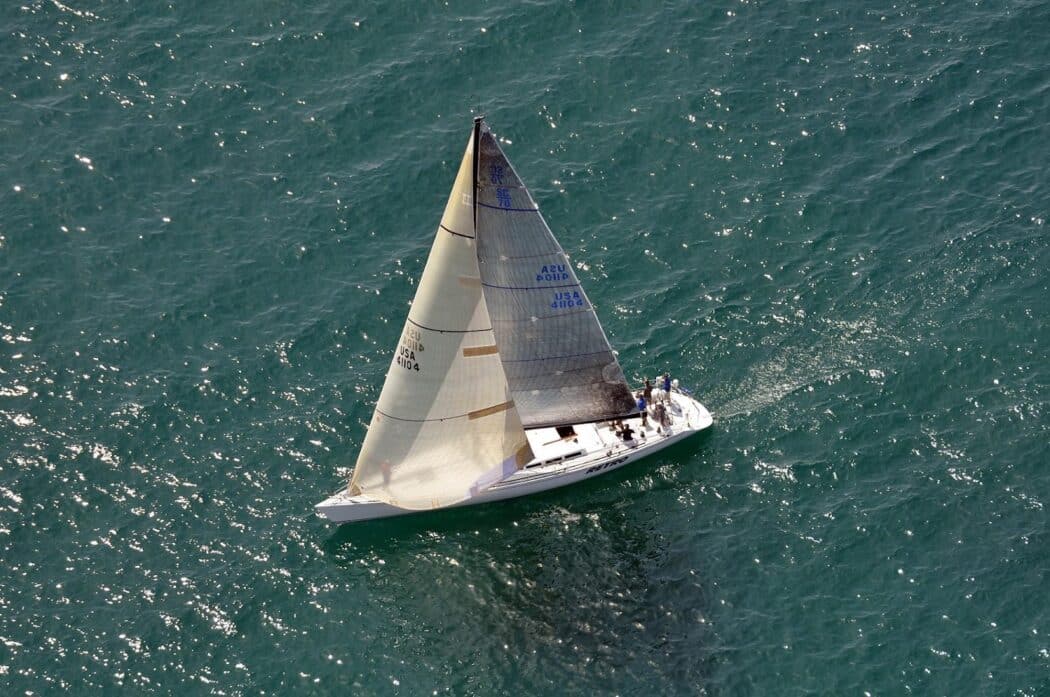
- A smaller triangular sail set forward of the mast, often on the same stay as the mainsail;
- Contributes significantly to both upwind and downwind performance;
- Smaller than the mainsail and easier to handle, making it ideal for solo sailing or beginners.
3. Genoa:
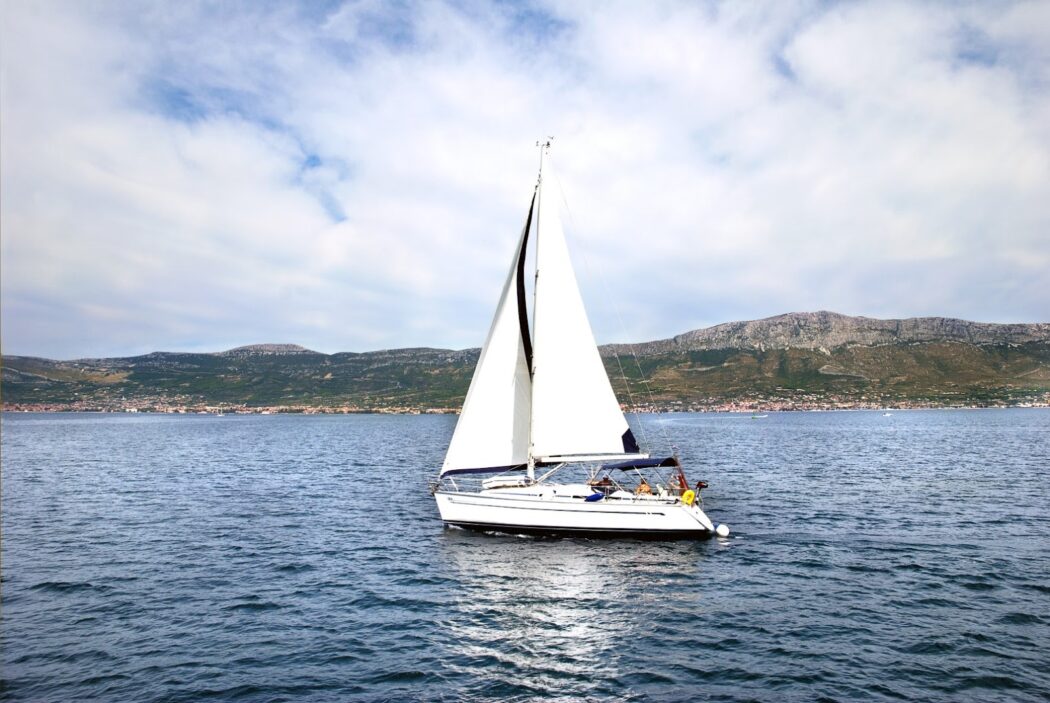
- A large headsail that overlaps the mast, offering more sail area than a jib for increased upwind performance;
- Requires more skill and crew to handle due to its size and windward position;
- Popular for racing and performance sailing.
4. Spinnaker:
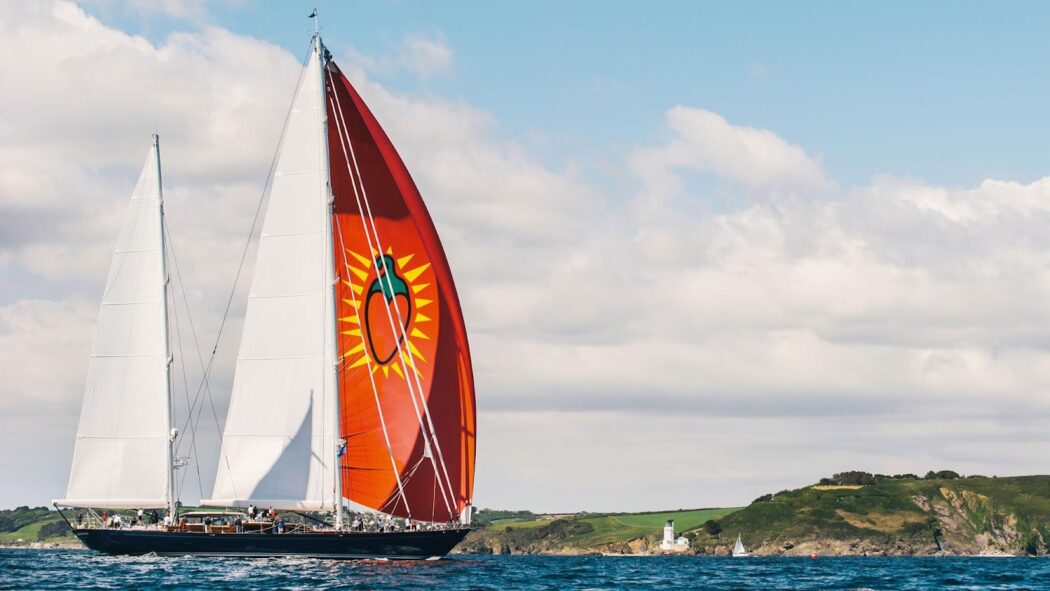
- A large, symmetrical triangular sail used for downwind sailing;
- Designed to catch maximum wind and propel the boat at high speeds;
- Requires specialized rigging and expertise to handle safely due to its powerful nature.
5. Gennaker:
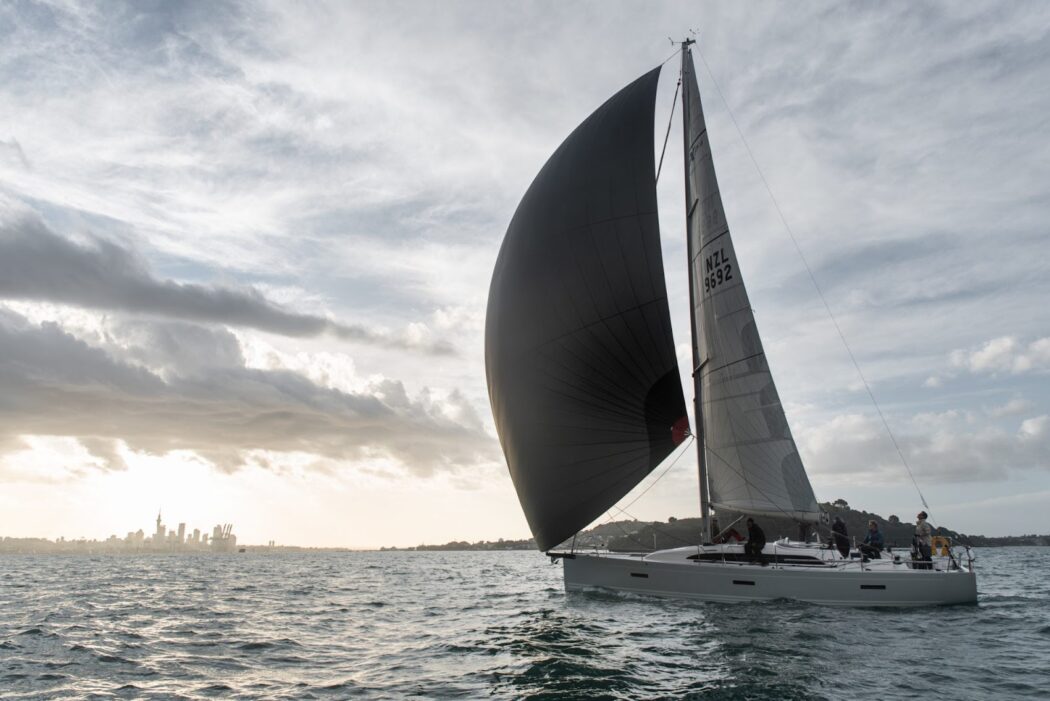
- A hybrid of a spinnaker and a jib, with an asymmetrical triangular shape and a boom on its foot;
- Offers easier handling than a spinnaker while still providing good downwind performance;
- A versatile sail for cruising and racing.
6. Code Zero:
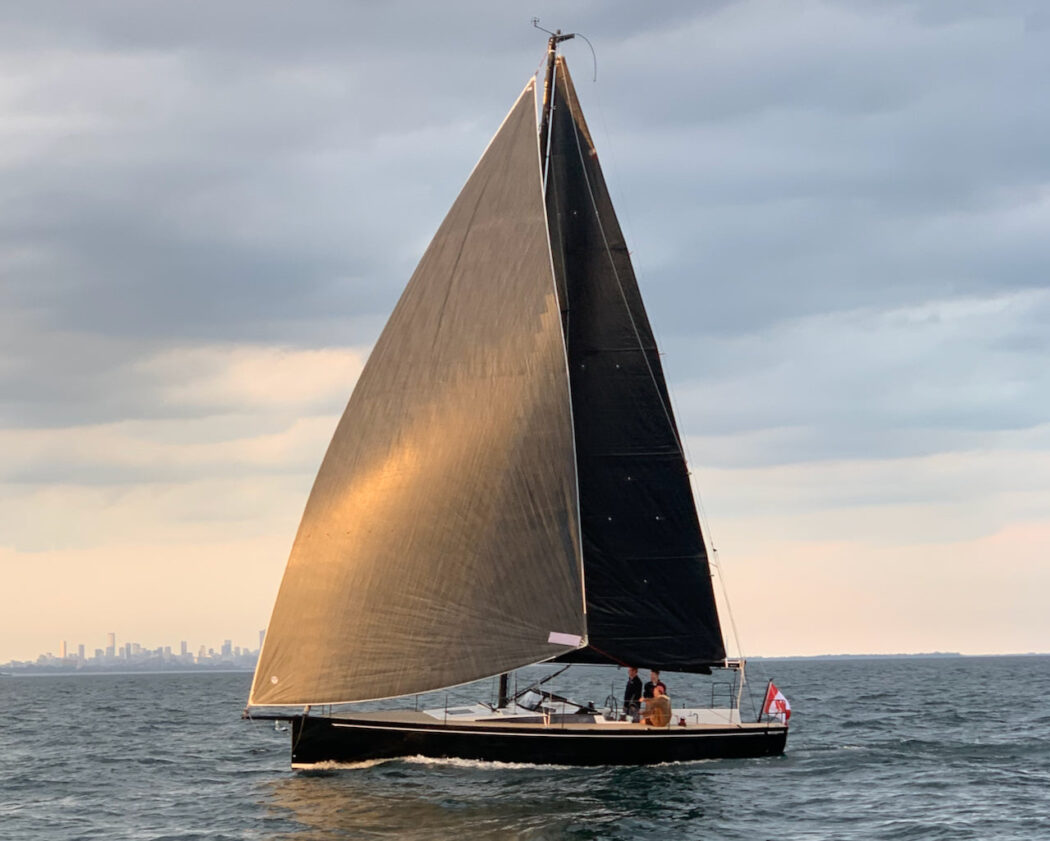
- A lightweight, almost rectangular sail used for reaching and off-wind sailing;
- Fills the gap between a jib and a spinnaker in terms of windwardness and power;
- Popular for racing and performance-oriented cruising.
7. Storm Jib:
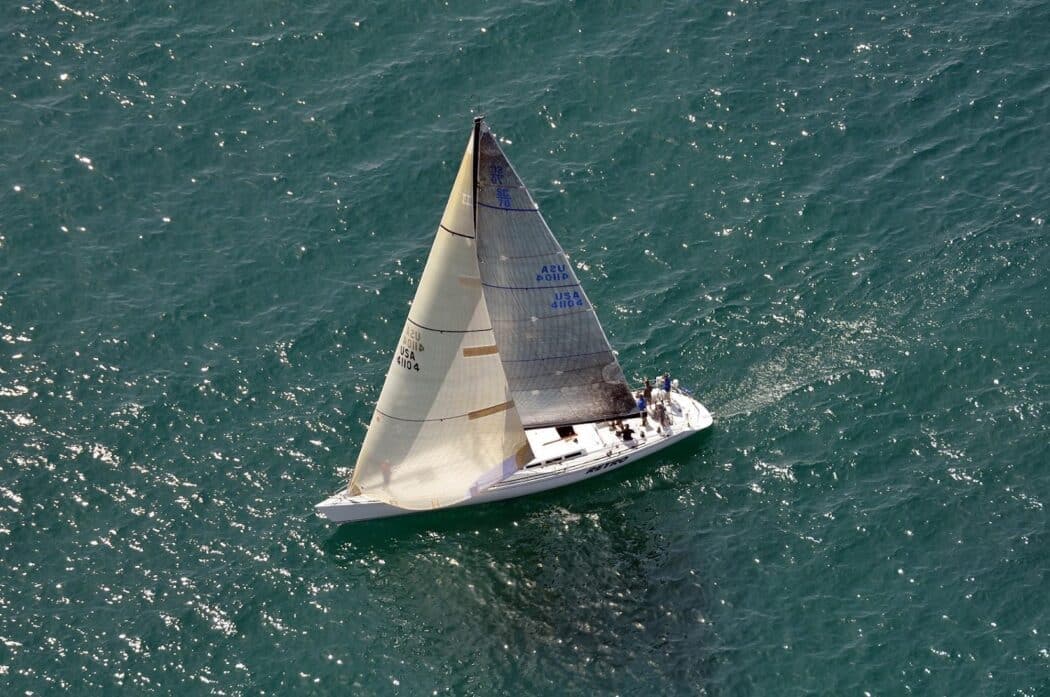
- A small, heavily reinforced triangular sail designed for sailing in strong winds and rough seas;
- Offers minimal sail area for increased control and stability;
- Essential safety equipment for offshore sailing.
8. Trysail:
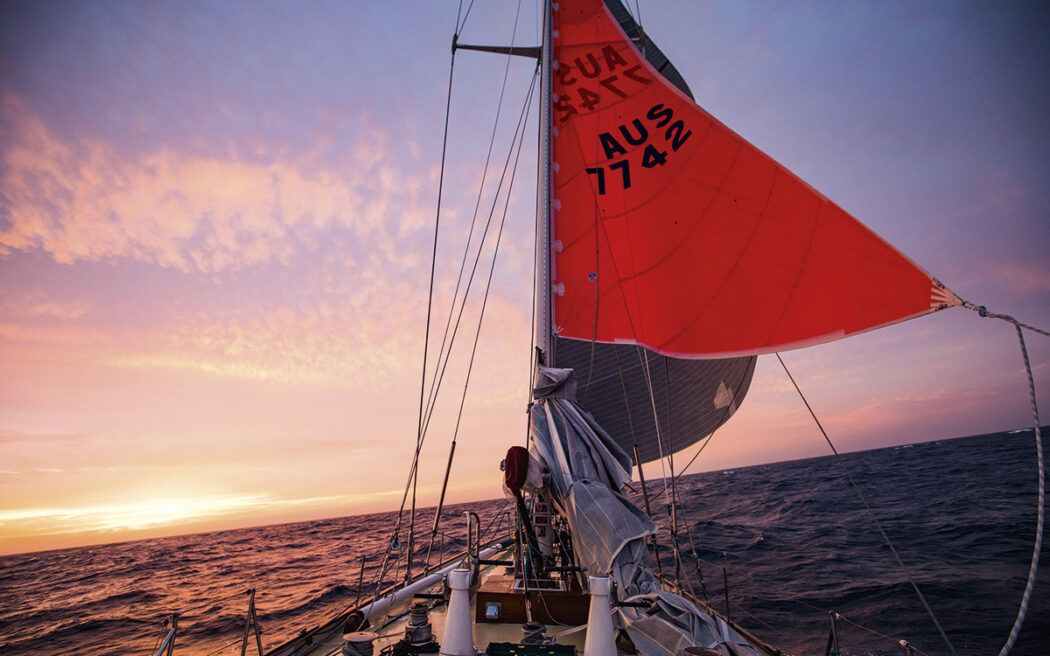
- A small triangular sail set aft of the mast, often used in conjunction with a storm jib for additional stability and control in heavy weather;
- Can also be used for downwind sailing in moderate conditions.
This is just a brief overview of some common triangular sails. Each type has variations and sub-categories, and the specific sails used on a boat depend on its size, rig, and sailing goals.
Conclusion
In the realm of sailing, the triangular sail stands tall as a testament to ingenuity, functionality, and historical legacy. Its shape, derived from ancient wisdom and refined through time, remains a pinnacle of aerodynamic efficiency. From the grandeur of tall ships to the precision of modern racing yachts, these sails have propelled humanity’s seafaring adventures, capturing the wind’s essence to navigate the seas.
As we bid adieu to this exploration, may the triangular sails continue to unfurl tales of innovation and serve as beacons guiding sailors through the ever-undulating horizons of the maritime world.
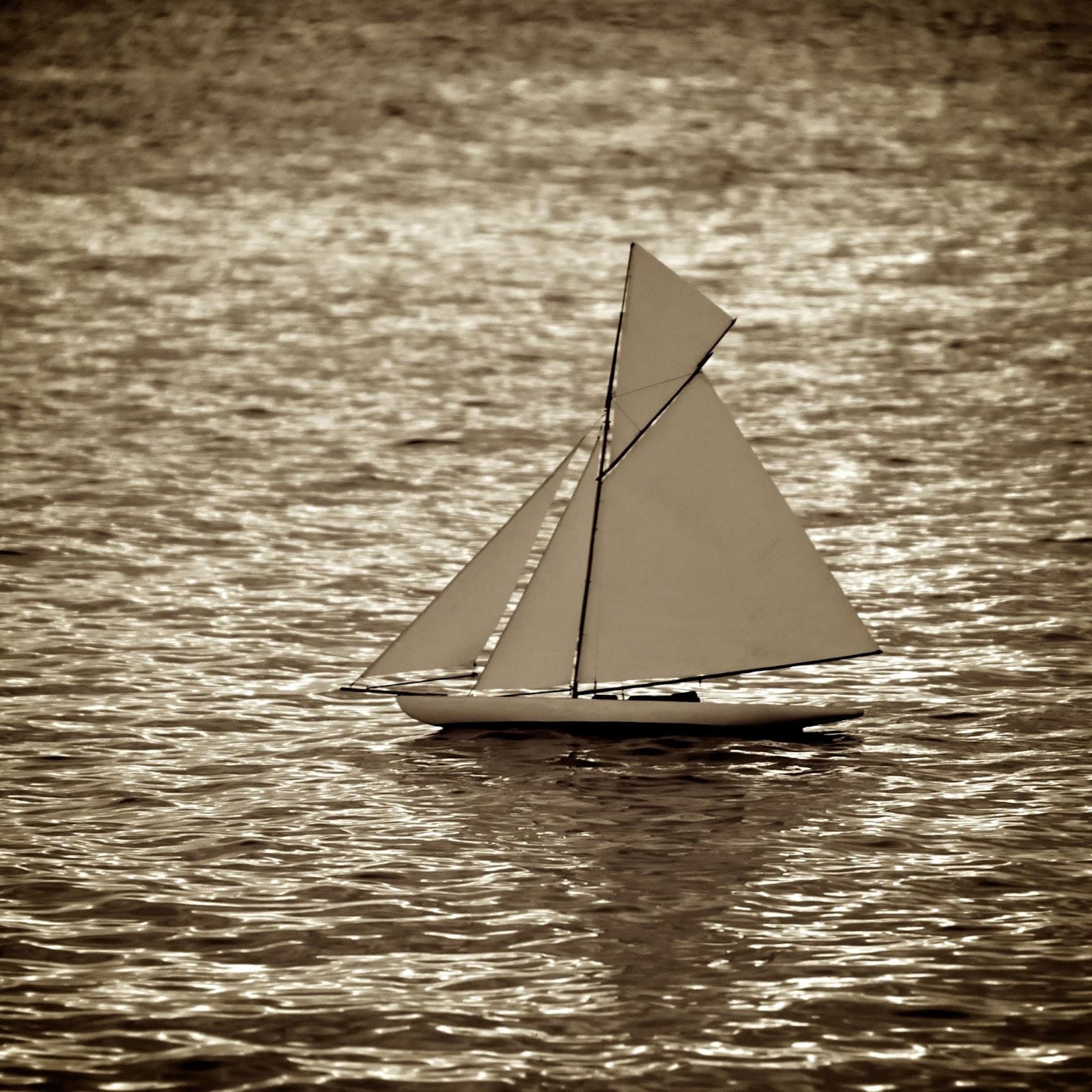
Leave a Reply